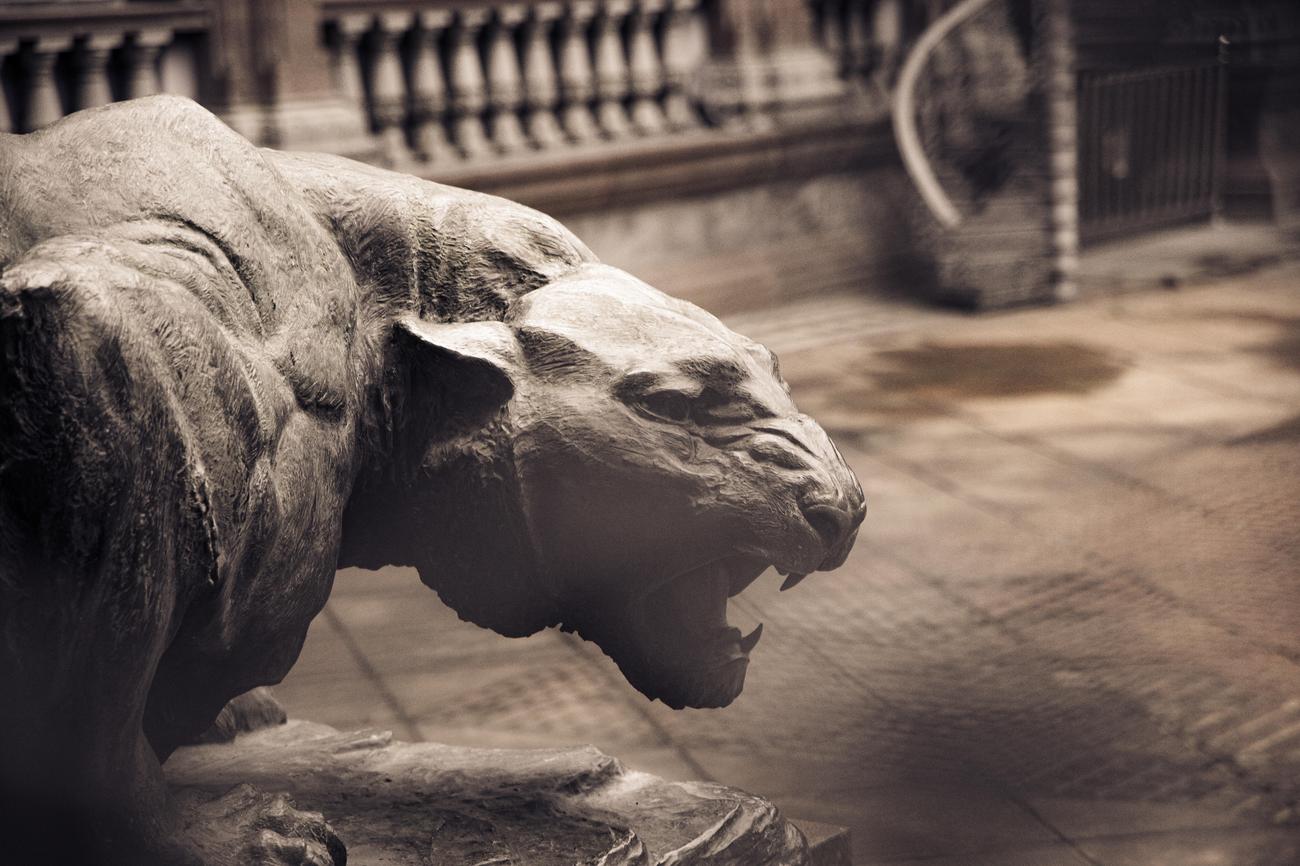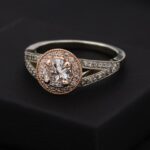Are you ready to take a journey back in time to ancient Greece? Brace yourself to uncover the captivating world of wrestling during this era, as we dive into the fascinating facts about this ancient sport. As a seasoned historian and researcher specializing in ancient Greek culture, I have dedicated years of my life to studying and understanding the customs and practices of this ancient civilization. Join me as I unveil the significance of wrestling in Greek society, shedding light on its captivating history and shedding light on the unique qualities that set it apart from modern-day wrestling.

Facts About Wrestling in Ancient Greece
Greek wrestling, known as orthe pale, was the most popular organized sport in Ancient Greece. This fascinating sport held great importance in Greek society, with its origins dating back to the Bronze Age. Let’s dive into the captivating world of wrestling in ancient Greece and uncover some intriguing facts.
Objective of Ancient Greek Wrestlers: The objective of ancient Greek wrestlers was to throw their opponent to the ground from a standing position. It was a test of strength, agility, and technique. Winning a match required scoring three points by successfully throwing the opponent or making them touch the ground with their back, hip, or shoulder. This relentless pursuit for victory not only entertained the spectators but also inspired admiration for the physical prowess of the wrestlers.
No Rules or Referees: Unlike modern wrestling, ancient Greek wrestling did not have any rules or referees to monitor the matches. It was a raw and unregulated sport, allowing wrestlers to utilize various tactics to gain an advantage over their opponents. This lack of formal regulations added an unpredictable element to the matches and showcased the competitors’ skill and ingenuity in devising winning strategies.
Nudity in Ancient Greek Wrestling: One striking difference between ancient Greek wrestling and its modern counterpart is the wrestlers’ attire, or rather the lack of it. Ancient Greek wrestlers often fought without any clothing, proudly displaying their physique and strength. This practice symbolized their connection to ancient Greek ideals of athleticism and physical beauty. In contrast, modern wrestlers wear uniforms that provide protection and define weight classes.
Wrestling as Self-defense: While modern wrestling is primarily a sport, wrestling in ancient Greece served a dual purpose – as a sport and as a method of self-defense. The ancient Greeks recognized the practicality of wrestling skills in martial arts and combat situations. Wrestling techniques were incorporated into military training, contributing to the physical prowess and combat readiness of ancient Greek soldiers.
Wrestling in Greek Art and Literature: Wrestling held a special place in Greek culture and was often depicted in sculpture, painting, and literature. The great sculptors of ancient Greece immortalized the graceful and powerful poses of wrestlers in stone. Wrestlers embodied the ideal athletic form, capturing the imagination of the viewers and emphasizing the importance of physical prowess in Greek society. Likewise, ancient Greek literature celebrated wrestling, with epic poems and dramas frequently featuring wrestling matches and the heroic wrestlers who participated in them.
Famous Ancient Greek Wrestlers: The realm of wrestling in ancient Greece boasts renowned figures who achieved fame and admiration for their exceptional skills. Among them were Milo of Croton and Leontiskos of Messene. Milo, considered one of the greatest wrestlers in history, won numerous wrestling titles in the ancient Olympic Games. His awe-inspiring strength and endurance continue to inspire admiration even to this day. Leontiskos, another remarkable wrestler, achieved fame for his victories in the ancient Olympics and is remembered as one of the greatest wrestlers of his time.
In conclusion, wrestling in ancient Greece was a captivating and significant part of their rich cultural heritage. From its popularity as a sport to its depiction in art and literature, wrestling left an indelible mark on Greek society. The lack of rules, the connection to self-defense, and the emphasis on physical beauty made wrestling in ancient Greece a truly unique and compelling phenomenon. By exploring these facts, we gain a deeper understanding of the sport’s significance and its enduring influence on ancient Greek civilization.
“Through the centuries, wrestling in ancient Greece captivated both the participants and the spectators, showcasing the physical prowess and strategic ingenuity of the wrestlers.”
Wrestling is an ancient sport that has captivated audiences for centuries. If you’re curious about the history, rules, and interesting facts about wrestling, we’ve got you covered. Click here for some mind-blowing facts about wrestling that you won’t believe are true. With our insights and information, you’ll gain a new appreciation for this incredible sport.
Facts about wrestling in ancient Greece have long fascinated historians and enthusiasts alike. Discovering the origins and techniques of this ancient sport provides a unique glimpse into the physical prowess and cultural importance of the time. If you’re curious about wrestling in ancient Greece, then you’re in luck! We’ve compiled a list of intriguing details and captivating stories that will transport you back in time. From the fierce competitors to the awe-inspiring stadiums, the world of ancient Greece wrestling facts is waiting to be explored. So, grab your figurative togas and journey with us to uncover the secrets of this ancient sport. wrestling in ancient Greece facts.
Join us as we delve deeper into the annals of history, unearthing more intriguing ancient Greece wrestling facts. The sport was a cornerstone of Greek culture, with athletes training rigorously to compete in various events. From Pankration to Pale, wrestling played a significant role in shaping the ancient Greek Olympics. Step into the wrestling arenas of the past and witness the mesmerizing displays of athleticism and skill. Our comprehensive guide to ancient Greece wrestling facts will transport you back in time, allowing you to witness firsthand the intensity and passion of this revered ancient sport. Uncover the stories of legendary wrestlers who left an indelible mark on history and explore the techniques that defined their success. Don’t miss out on this opportunity to gain a deeper understanding of wrestling in ancient Greece!
art and sculpture, showcasing its significance in ancient Greek culture. – The origins of ancient Greek wrestling can be traced back to around the first millennia BC, making it one of the oldest documented sports. – One of the earliest mentions of ancient Greek wrestling can be found in the ancient Olympic Games, where it was added to the competition in 708 BC. – To win a match in ancient Greek wrestling, a wrestler had to score three points through various means such as pinning their opponent’s back and hips to the ground or forcing them out of the wrestling area. – Submissions were also allowed in ancient Greek wrestling, with wrestlers able to tap out their opponent to secure a point. – Striking and eye gouging were prohibited in most forms of ancient Greek wrestling, although in Sparta, a more brutal version known as pancration allowed such techniques. – The rules of ancient Greek wrestling also included penalties for dirty play, such as twisting or bending the fingers of an opponent. – Ancient Greek wrestling matches were often held on a sand-filled mat that measured around 28 by 28 meters. – Wrestling in ancient Greece was not limited to men, as there were both boys’ and men’s divisions in competitions. – The influence of ancient Greek wrestling can be seen in modern Western grappling styles such as freestyle and Greco-Roman wrestling. – Although there is evidence of wrestling and combat sports in other ancient civilizations, the idea that ancient Greek wrestling originated in Greece and spread to other parts of the world is debatable, as some forms of wrestling predate its existence in Greece. – Despite this, ancient Greek wrestling remains a foundational aspect of Western grappling and continues to impact modern wrestling styles. – The survival and preservation of ancient Greek wrestling techniques in modern wrestling showcase the technical skill and tactical acumen of ancient Greek wrestlers. – Ancient Greek wrestling serves as a testament to the enduring nature of grappling as a sport, with its rules and principles still being respected and practiced in various forms of wrestling today.
[youtube v=”DKXlVz3IiyM”]
FAQ
Question 1
What was the most popular organized sport in Ancient Greece?
Answer 1
Greek wrestling, known as orthe pale, was the most popular organized sport in Ancient Greece.
Question 2
What was the objective of ancient Greek wrestlers?
Answer 2
The objective of ancient Greek wrestlers was to throw their opponent to the ground from a standing position.
Question 3
How were points scored in ancient Greek wrestling?
Answer 3
Points were scored in ancient Greek wrestling when a player touched the ground with their back, hip, or shoulder, or conceded defeat due to a submission-hold or being forced out of the wrestling area. Three points were needed to win a match.
Question 4
Did ancient Greek wrestling have any rules or referees?
Answer 4
No, ancient Greek wrestling did not have any rules or referees, in contrast to modern wrestling.
Question 5
What was the difference between ancient Greek wrestling and modern wrestling in terms of clothing?
Answer 5
Ancient Greek wrestlers often fought without any clothing, while modern wrestlers usually wear uniforms.
















